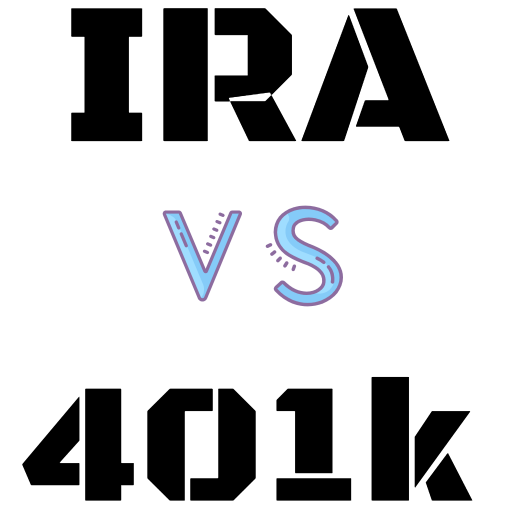
1. Contribution limits: IRAs
The limit on annual contributions to both a traditional IRA and a Roth IRA remains unchanged in 2021 at $6,000, or $7,000 if 50 or older.
(Photo: Shutterstock)

2. Contribution limits: Spousal IRAs
Spousal IRAs are regular Roth or traditional IRAs used by married couples, one of whom works and contributes to an IRA that is in the name of the non-working spouse with little or no income. These are not joint accounts; each IRA is set up in the name of an individual spouse. For 2020 and 2021, use of the strategy allows couples who are married filing jointly to add $12,000 to IRAs per year, or $14,000 if they are 50 or older.
(Photo: Shutterstock)

3. Contribution limits: Workplace retirement plans
For employees who participate in 401(k), 403(b), most 457 plans and the federal government’s Thrift Savings Plan, contribution limits remain unchanged in 2021 at $19,500; the catch-up contribution limit for employees 50 and older is $6,500.
(Photo: Shutterstock)

4. Contribution limits: SIMPLE IRAs
The limitation regarding SIMPLE (Savings Incentive Match Plan for Employees Individual Retirement Accounts) remains unchanged at $13,500.
(Photo: Shutterstock)

5. Contribution limits: Saver’s Credit
The income limit for the Saver’s Credit (aka Retirement Savings Contributions Credit) for low- and moderate-income workers is $66,000 for married couples filing jointly, up from $65,000; $49,500 for heads of household, up from $48,750; and $33,000 for singles and married individuals filing separately, up from $32,500.
(Photo: Shutterstock)

6. Deduction limits: Traditional IRAs
Contributions are not limited by how much the account holder earns. However, if during the year either the taxpayer or his or her spouse was covered by a retirement plan at work, the deduction may be phased out. The 2021 phase-out range for single taxpayers is $66,000 to $76,000, up from $65,000 to $75,000; for married couples, $105,000 to $125,000, up from $104,000 to $124,000. For an IRA contributor who is not covered by a workplace retirement plan and is married to someone who is covered, the phase-out range is $198,000 and $208,000, up from $196,000 and $206,000, and for a married individual filing a separate return who is covered by a workplace retirement plan, it is not subject to an annual cost-of-living adjustment and remains $0 to $10,000.
(Photo: Shutterstock)

7. Income limits: Roth IRAs
People who make too much money cannot open or contribute to a Roth IRA. The income phase-out range for taxpayers contributing to a Roth IRA is $125,000 to $140,000 for singles and heads of household, up from $124,000 to $139,000. For married couples filing jointly, it is $198,000 to $208,000, up from $196,000 to $206,000. The phase-out range for a married individual filing a separate return who makes contributions to a Roth IRA is not subject to an annual cost-of-living adjustment and remains $0 to $10,000.
(Photo: Shutterstock)

8. Extra benefits
Traditional IRA — Up to $10,000 in penalty-free withdrawals are available to cover first-time homebuyer expenses. Qualified education and hardship withdrawals are also available.
Roth IRA — After five years, up to $10,000 of earnings can be withdrawn penalty free to cover first-time homebuyer expenses. Qualified education and hardship withdrawals may be available without penalty before the age limit and five-year waiting period.
(Photo: Shutterstock)
With tax season just around the corner, Investopedia and the Internal Revenue Service have published important information about retirement accounts, IRAs in particular.
IRAs and other retirement accounts have income limits and other thresholds that can change annually. Read through the gallery above to see some important numbers to keep in mid for tax year 2021.
READ MORE:
